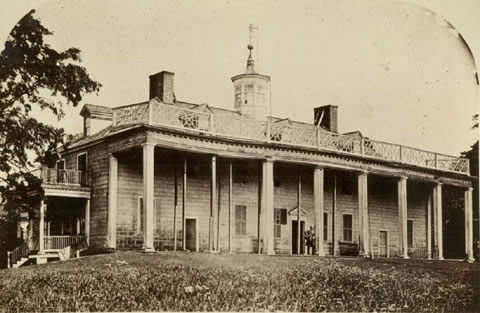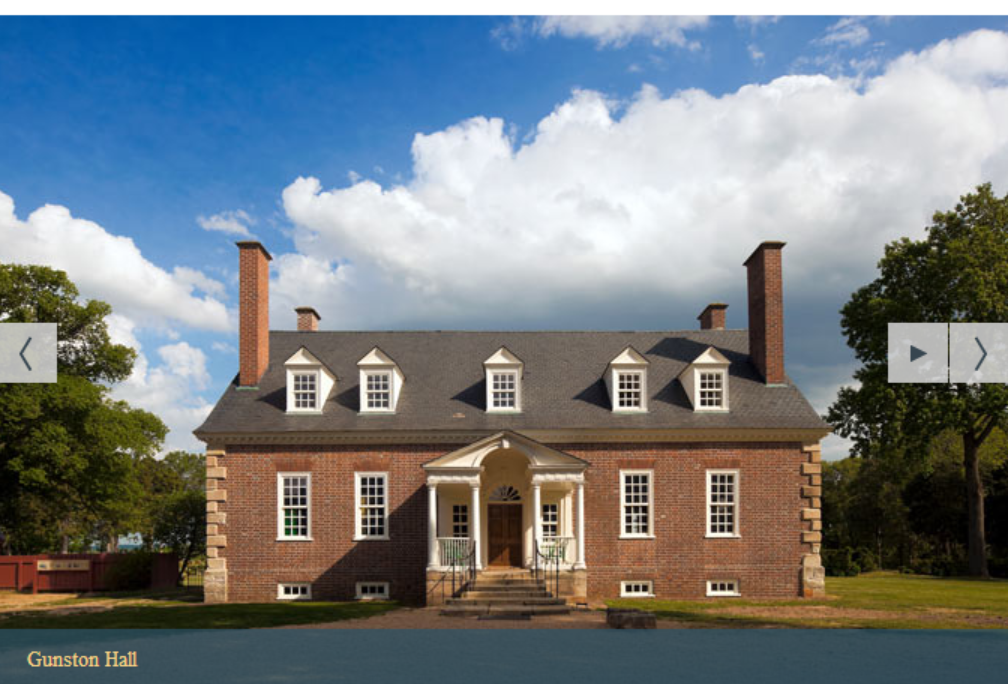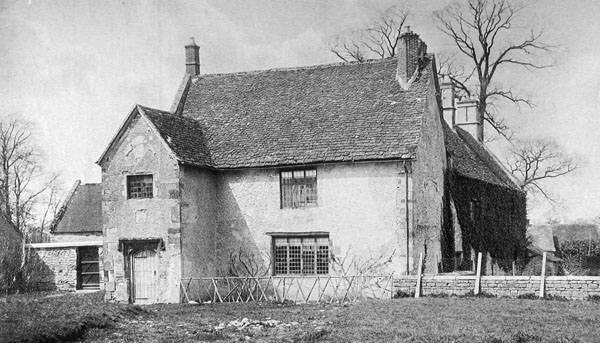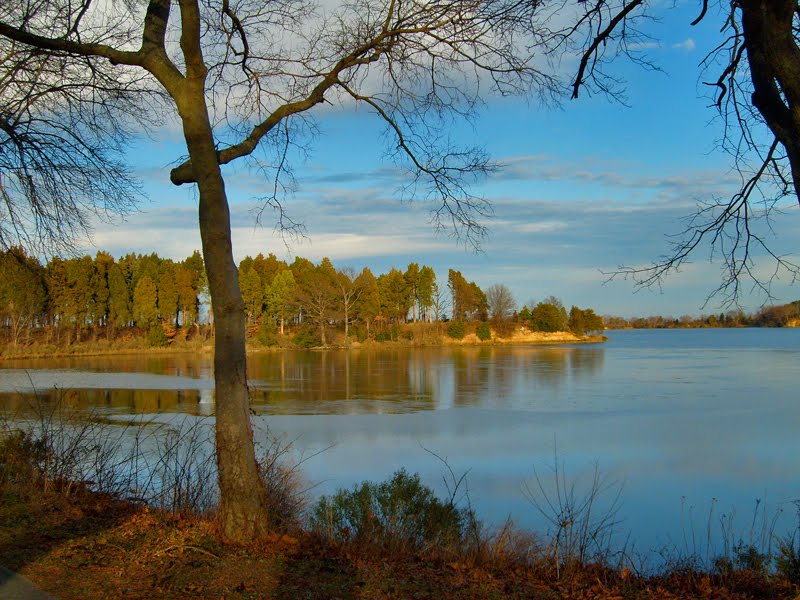Drain the Swamp of Ugly Architecture

Drain the Swamp of Ugly Architecture
Trump plans a welcome executive order requiring federal buildings to be built in the classical style.
By Myron Magnet
Feb. 6, 2020
“Making Federal Buildings Beautiful Again,” a new executive order planned by the Trump administration, would thrill lifelong amateur architects George Washington and Thomas Jefferson. These Founders—who designed Mount Vernon, Monticello and the Virginia State Capitol—wanted the new nation’s public buildings to embody its ideals of self-governance, rooted in Greek democracy and Roman republicanism. They would surely applaud President Trump’s proposed order to build new federal buildings in the classical style.
Architectural classicism is a living language, not an antiquarian straitjacket. Its grammar of columns and capitals, pediments and proportions allows a wide range of expression. Just look at the original genius with which Michelangelo marshaled that language in his era or Christopher Wren in his. It’s a language that constantly updated itself in America’s federal city, from the handsome 1790s White House to John Russell Pope’s sublime 1940s Jefferson Memorial and National Gallery of Art. In the language of classicism, buildings relate civilly to each other, forming harmonious cities—Venice or pre-World War II London—in which the whole adds up to more than the sum of its parts, however beautiful some may be. A bad classical building may be awkward or uninspired; it is never hideous. And all is based on human proportions and human scale.
Not so for the modernism that the proposed executive order discourages. Though modernism is an odd word for a style that’s now almost a century old, it began with an explicit European rejection of American architecture and a thoroughly 20th-century impulse toward central planning and state control. Modernism brought housing projects so bare and standardized that no worker wanted to live in them.
Even when you look at a supposed masterpiece of that style—Mies van der Rohe’s Seagram Building on Park Avenue in New York, say—you see one identical office piled on top of another, with the same curtains and furniture arrangement, as if every inmate were an interchangeable cog in some vast machine that utterly dwarfs him. It is an architecture that belittles rather than exalts the individual, exactly the opposite sensation of the exhilaration you feel in the Capitol rotunda or Grand Central Terminal. Modernist buildings, the expression of a mechanical, anonymous vision of a social leviathan that individuals are born to serve, might as well be designed by machines. In this computer age, they largely are.
What’s more, they are ugly. The Pritzker Prize in architecture, like the Nobel Peace Prize, almost guarantees the honoree will be the Yasser Arafat of architecture, the very opposite of what the prize claims to honor. Consider Pritzker winner Thom Mayne’s contribution to America’s national patrimony. His Orwellian San Francisco Federal Building resembles a cyclops mated with a prison. The building is so hideously antisocial that, like Boston’s brutalist concrete City Hall, the homeless camp there permanently.
Of course the modernist establishment has already slammed the proposed executive order, which overturns the General Services Administration’s design excellence program, long a full-employment scheme for modernist architects. The debate now, says an arts critic in the Guardian, is between “those who trust architects and professionals to design whatever they think is best, and those who seek to control what they do.”
That’s precisely right. Most Americans don’t like the buildings that architecture’s mandarins have crammed down their throats. Ordinary people choose traditional values over the wisdom of self-proclaimed experts every time. In fact, that is Trumpism’s hallmark.








